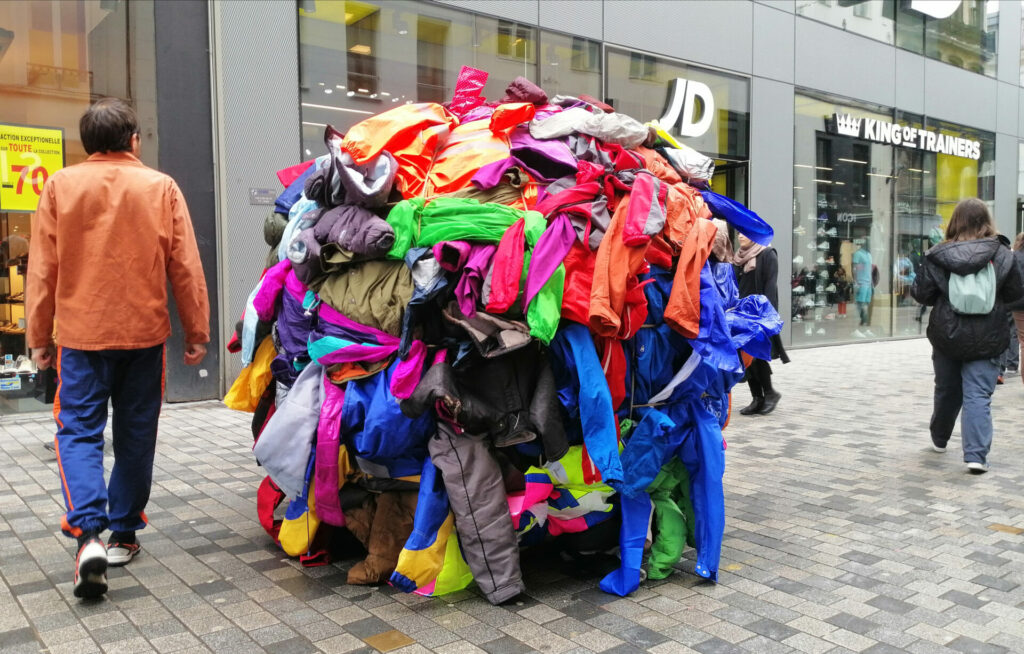Despite making several billion euros available to drive the European Union’s transition towards a circular economy, this has had only a limited impact, the European Court of Auditors said on Monday.
As such, the EU’s ambition to recycle twice as much material this decade could prove to be an impossible target. The circular economy is a production and consumption model that involves sharing, reusing, repairing, renovating and recycling existing products and materials for as long as possible so that they retain their value.
The aim is to reduce the use of raw materials and the production of waste. To encourage the transition to a circular economy, the European Commission has published two non-binding action plans, the latest in 2020 which aims to double the proportion of recycled raw materials in the economy by 2030.
But in spite of efforts to reduce textile waste, the rate of circularity (i.e. the quantity of resources coming from materials circulating in a loop) hardly changed in the EU between 2015 and 2021.
In Belgium, the circularity rate rose from 17.7% in 2015 to 20.5% in 2021. It had reached 23.5% in 2019 before falling back. With an increase of 2.8 percentage points in six years, Belgium is one of Europe’s “good” performers.
In seven countries, including Poland and Finland, the rate has fallen since 2015. “So far, EU action has not borne fruit and the circular transition is unfortunately virtually at a standstill in European countries”, said Annemie Turtelboom, a member of the European Court of Auditors.
Related News
- Europe still not doing enough to reuse textiles, study finds
- EU Member States push for ban on destruction of unsold clothing
- Free online returns are costing the Earth, study confirms
Yet some €10 billion has been distributed between 2016 and 2020 to encourage investment in green innovation and help businesses take the lead in the transition. But Member States have devoted the vast majority of these funds to waste management rather than waste prevention.
Investing in the circular design of products and production processes would probably have had a greater impact, notes the Court of Auditors. The Commission’s action plans also included a range of measures to promote innovation and investment. But the Court of Auditors found no evidence that they actually contributed to the circular economy.


